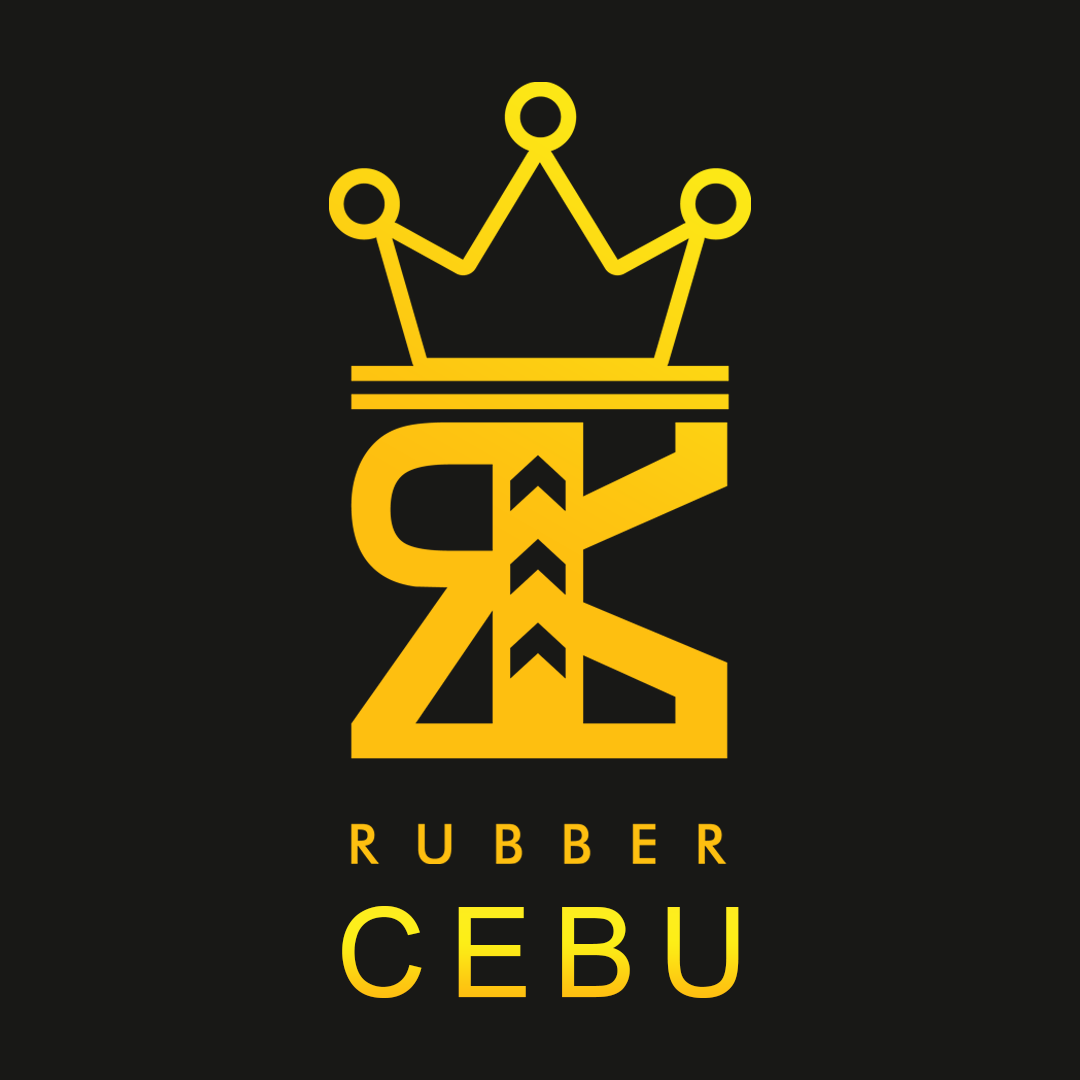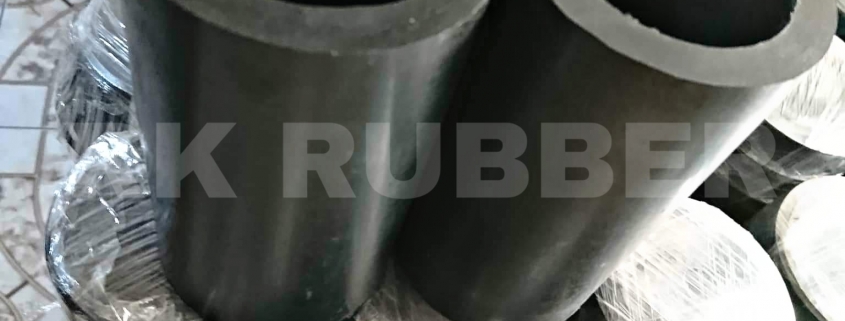Rubber Bushing Supplier in Cebu City
In various industrial and automotive applications, rubber bushings play a crucial role in enhancing performance, durability, and comfort. As a vital component, they effectively absorb vibrations, reduce noise, and mitigate the impact of extreme temperatures. The quality and reliability of these bushings are paramount to ensuring optimal functionality and preventing premature failure. In Cebu City, suppliers like RK Rubber are dedicated to providing high-quality rubber bushings that cater to diverse needs. However, what sets a reliable supplier apart, and how can one choose the right rubber bushing for their specific requirements?
Key Points
- RK Rubber Cebu is a reliable supplier of high-quality rubber bushings in Cebu City for various industrial and automotive applications.
- They offer a range of bushing types, including urethane, silicone, and neoprene, to suit different needs and environments.
- RK Rubber Cebu’s rubber bushings are designed for vibration damping, noise reduction, and durability in various settings.
- Proper installation and regular maintenance of RK Rubber Cebu’s bushings are crucial for optimal performance and longevity.
- Load-bearing capacity and environmental conditions are key factors to consider when selecting the right rubber bushing from RK Rubber Cebu.
What Are Rubber Bushings
Rubber bushings are versatile components that play a crucial role in various industrial and automotive applications, serving as a vital interface between two parts to effectively dampen the energy transmitted through the bushing, thereby reducing noise, vibration, and harshness (NVH) levels. There are various types of bushings, including urethane, silicone, and neoprene, each offering distinct properties such as shock absorption, heat resistance, and compression. Understanding the characteristics of each bushing type is crucial for selecting the most suitable option for specific applications.
To ensure optimal bushing performance, regular maintenance is necessary. This involves inspecting the bushings for signs of wear and tear, such as cracks or excessive deformation. In some cases, bushing replacement may be necessary to maintain the desired level of vibration isolation and noise reduction.
The performance of rubber bushings is influenced by factors such as load-bearing capacity, environmental conditions, and material properties. By carefully selecting the appropriate bushing type and ensuring proper maintenance, users can maximize the lifespan and effectiveness of their bushings, ultimately leading to improved system performance and reduced downtime.
Benefits of Using Rubber Bushings
Offering a multitude of advantages, the use of rubber bushings in industrial and automotive applications has become increasingly widespread. Their unique properties make them an ideal solution for various applications, providing numerous benefits to users.
Some of the key benefits of using rubber bushings include:
- Vibration Damping: Rubber bushings effectively absorb and dampen vibrations, reducing noise levels and protecting mechanical components from wear and tear.
- Noise Reduction: By minimizing metal-to-metal contact, rubber bushings reduce noise levels within mechanical systems and vehicles, improving overall comfort and usability.
- Material Flexibility: Rubber bushings allow for a degree of flexibility and movement between parts, accommodating misalignments and thermal expansions without causing damage.
- Cost-Effectiveness: Rubber bushings are generally more cost-effective compared to more rigid alternatives, due to their simpler manufacturing process and material costs.
The use of rubber bushings provides a reliable and efficient solution for various industrial and automotive applications, offering a range of benefits that enhance performance, comfort, and cost-effectiveness.
Industrial and Automotive Applications
In numerous industrial and automotive applications, vibration isolation and noise reduction are critical to maintaining optimal performance, comfort, and safety. Effective vibration control and noise damping are achieved through the strategic use of rubber bushings, which absorb and dissipate energy transmitted between mechanical components. In industrial settings, rubber bushings are used in machinery, pumps, compressors, and conveyor systems to enhance performance and lifespan.
In the automotive sector, rubber bushings are integral to suspension systems, engine mounts, and steering components, providing a critical interface between metal components to minimize noise and vibration. The selection of materials for these applications is crucial, as it directly affects the performance and lifespan of the bushing. Factors such as load-bearing capacity, environmental conditions, and cost must be carefully considered when selecting the optimal material for a specific application. By leveraging the benefits of rubber bushings in industrial and automotive applications, manufacturers and engineers can create more efficient, reliable, and comfortable systems that meet the demands of modern industries.
Manufacturing Process and Materials
The strategic use of rubber bushings in industrial and automotive applications relies heavily on the quality and consistency of the manufacturing process. A well-designed and executed manufacturing process ensures that the bushings meet the required specifications and performance standards.
The manufacturing process of rubber bushings typically involves combining bushing materials with reinforcing agents and molding them into desired shapes. Common bushing materials include natural rubber, synthetic rubber, and reinforcing agents like carbon black. The manufacturing techniques used include compounding, molding, and curing.
The quality of the manufacturing process directly affects the product durability of rubber bushings. Key factors that influence the durability of rubber bushings include:
- Material selection: The choice of bushing materials and reinforcing agents affects the overall performance and lifespan of the bushings.
- Manufacturing techniques: The use of advanced manufacturing techniques, such as precision molding and curing, ensures consistent quality and performance.
- Quality control: Stringent quality control measures ensure that the bushings meet the required specifications and performance standards.
- Testing and validation: Thorough testing and validation of the bushings ensure that they meet the required performance and durability standards.
Choosing the Right Rubber Bushing
Choosing the right rubber bushing for a specific application requires careful consideration of various factors to ensure optimal performance and longevity. The bushing selection criteria include load-bearing capacity, environmental conditions, and cost. Rubber material types, such as urethane, silicone, and neoprene, offer distinct characteristics that must be considered. Urethane is ideal for applications requiring excellent shock absorption and durability, while silicone excels in high-temperature environments but lacks durability. Neoprene offers good compression but is limited by its durability.
When selecting a rubber bushing, consider the vibration dampening techniques that will be employed. Bushings can be designed to operate in compression, shear, or a combination of both. The design of the bushing will impact its ability to effectively dampen vibrations. By considering the specific application requirements and bushing selection criteria, engineers can choose the optimal rubber bushing for their needs. A thorough understanding of the various rubber material types and vibration dampening techniques is essential for making an informed decision. By selecting the right rubber bushing, engineers can ensure optimal performance, longevity, and reliability in their applications.
About RK Rubber Cebu Supplier
Selecting the right rubber bushing supplier is just as important as choosing the correct bushing type, as it directly affects the quality and reliability of the final product. RK Rubber Cebu is a reputable supplier that offers high-quality rubber bushings suitable for various applications.
The company’s expertise in manufacturing rubber bushings ensures that their products meet the required standards for durability and performance. RK Rubber Cebu’s product range includes various rubber bushing types, such as urethane, silicone, and neoprene, catering to different needs and specifications.
To ensure optimal performance and longevity of rubber bushings, consider the following:
- Proper installation: Follow the recommended installation procedures to avoid damage and misalignment.
- Regular maintenance: Inspect and clean the bushings regularly to prevent wear and tear.
- Environmental considerations: Select bushings suitable for the operating environment, considering factors such as temperature and exposure to chemicals.
- Load-bearing capacity: Choose bushings that can handle the required load to avoid premature failure.
Frequently Asked Questions
What Are the Typical Failure Modes of Rubber Bushings?
Typical failure modes of rubber bushings include degradation from environmental factors, excessive stress, and improper installation, leading to compromised bushing performance, reduced material longevity, and diminished vibration dampening capabilities, ultimately impacting overall system functionality.
Can Rubber Bushings Be Used in High-Temperature Applications?
High-temperature applications pose challenges for rubber bushings, as they can degrade material properties. However, certain rubber materials like silicone exhibit superior heat resistance, making them suitable for high-temperature applications, albeit with reduced durability.
How Do I Store Rubber Bushings for Extended Periods?
To store rubber bushings for extended periods, maintain a cool, dry environment with minimal exposure to direct sunlight. Store them away from ozone-emitting sources and chemicals, following a bushing maintenance tips and storage conditions guide for optimal longevity.
Are Rubber Bushings Resistant to Chemical Corrosion?
Rubber bushings exhibit varying levels of chemical resistance depending on their composition. Natural and synthetic rubber compounds can be formulated to offer improved resistance in bushing applications, mitigating the effects of corrosive substances and harsh environments.
Can Custom-Made Rubber Bushings Be Manufactured?
Custom-made rubber bushings can be manufactured through tailored design considerations, adaptable manufacturing processes, and precise material selection, allowing for optimized performance, durability, and functionality in specific applications.
Conclusion
In conclusion, rubber bushings play a vital role in industrial and automotive applications, providing optimal performance, durability, and comfort. Strategic selection of bushing materials and adherence to precise manufacturing processes are essential for ensuring load-bearing capacity and preventing premature failure. Proper installation and regular maintenance further enhance the functionality of these components, underscoring the importance of partnering with a reputable supplier to meet specific application requirements.

